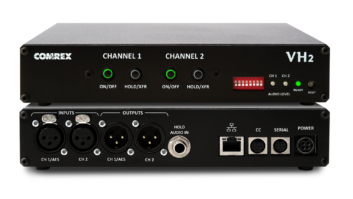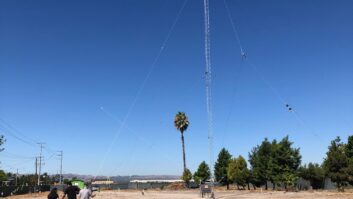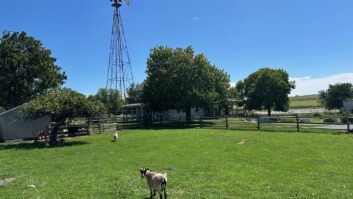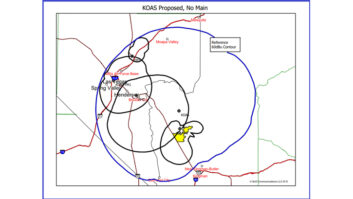Marcos O’Roarke, senior engineer at Linkup Communications in Denver, is also the “SoCal Broadcast Engineer,” posting neat engineering videos on YouTube.
With the holidays right around the corner, Marcos did a brief video describing some of the tools that make his life easier. It might give you some gift-giving ideas. At YouTube, it’s “The Essential Tools Every Engineer Needs.”
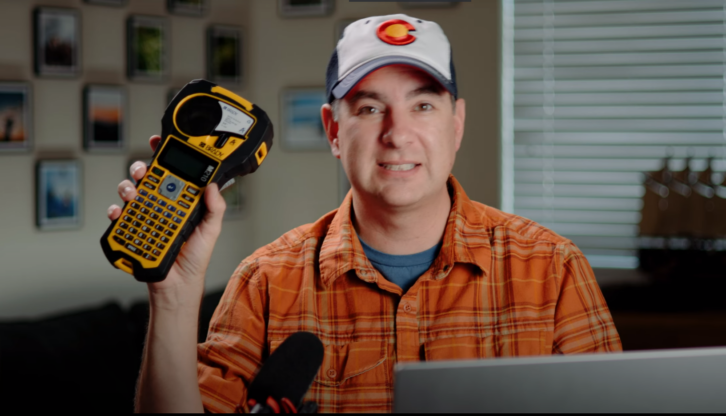
Marcos has a good number of non-engineers viewing, too. His adventures around broadcast facilities offer a peek behind the curtain for PDs and GMs who wonder, “Just what does that engineer do?”
Kevin gives us the Raspberry
Kevin Trueblood is president of KTrue Media Services, which provides technical solutions for broadcast, digital and IT needs and is based in Fort Myers, Fla. His website is www.ktruemediaservices.com. He does his contract work in addition to his full-time job as associate general manager for WGCU Public Media.
Kevin was pleased that we mentioned the SSH No Ports service recently. He lets us know that a similar service is available — for free — from Cloudflare, called reverse proxy.
Kevin has one at a client’s transmitter site; it lets him access the local security cameras and transmitter remote control. Much like SSH No Ports, traffic is managed through an inexpensive Raspberry Pi. Kevin can access the devices through any web browser. No ports are open on the firewall and no VPN is required.
It is a useful and inexpensive solution that can secure your devices while making them accessible.
More Saigon memories
Burt Fisher saw the photos we’ve published showing equipment on display at Independence Palace in Ho Chi Minh City, aka Saigon.
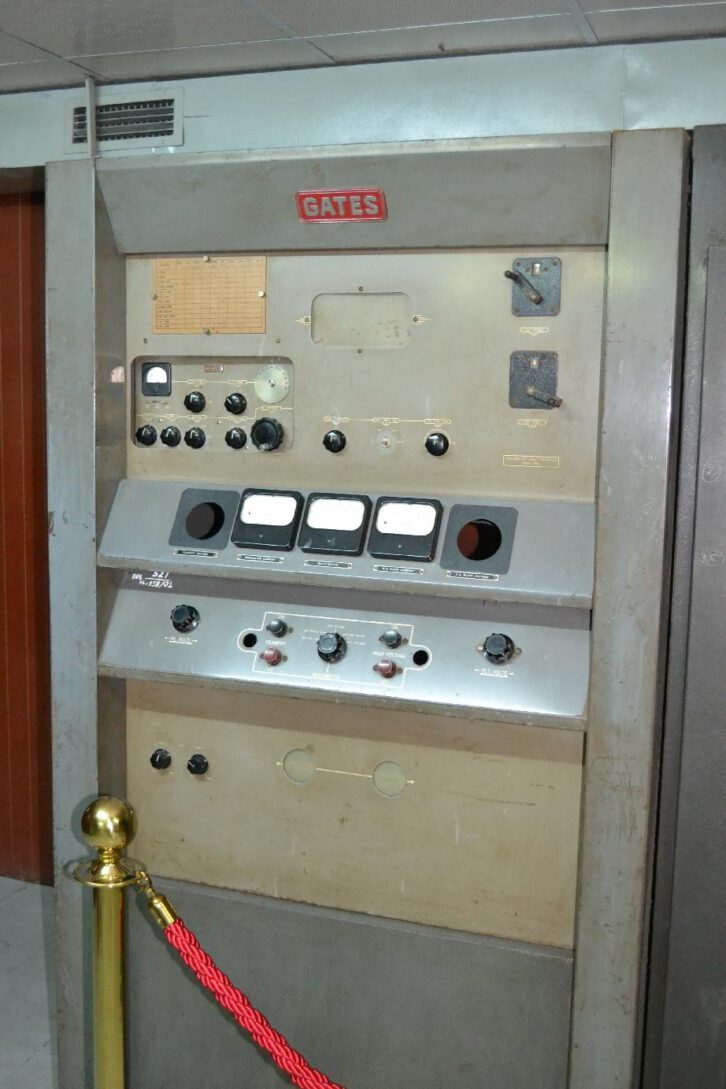
Bert himself visited in 2012 and shares two more photos from that visit, and we share them here. If you’ve come across interesting broadcast equipment on your travels, take pix and send them my way.
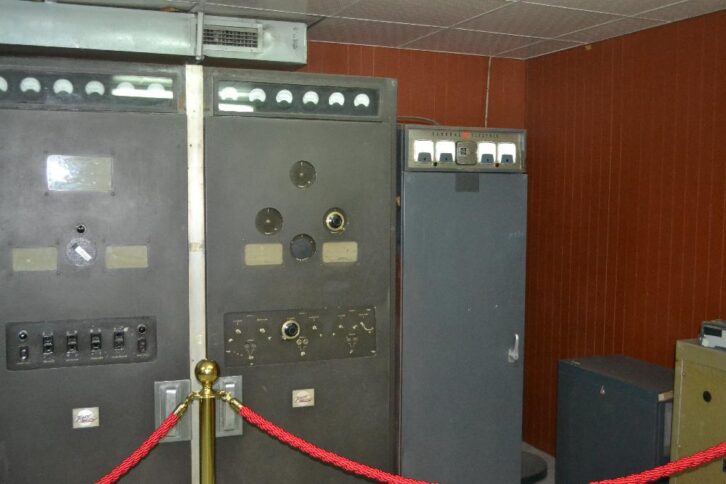
Sticky solution to shielding
Our engineering colleague Dan Slentz was asked by a friend to help him find conductive tape. Dan suggested www.grainger.com. Search for “copper tape” or “conducting electrical tape” and you will find rolls as well as squares or strips of the material, which can be helpful when shielding.
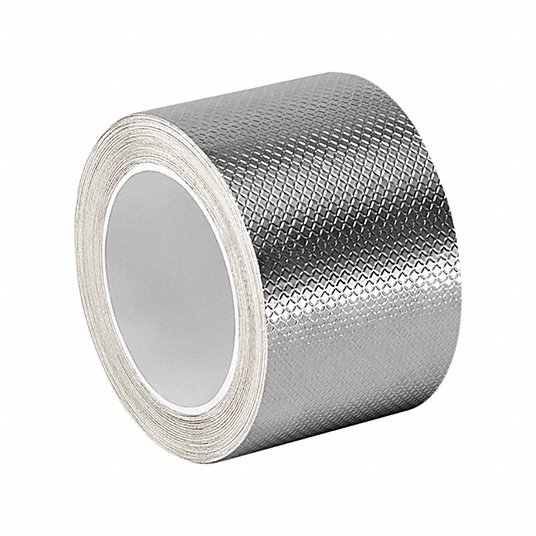
Inexpensive EAS receiver solution
And Ron Schacht writes in to note that since Dayton has gone away, people are having issues finding receivers suitable to decode AM or FM stations for EAS reception.
You can buy high-quality tuners but that’s serious overkill for this application. You can solder wires across a portable radio or table radio, if you can find one, but there is a problem to this approach too. If you are at a distance from your assigned monitor station, you cannot put an external antenna on most consumer radios.
Ron’s answer is to pick up a couple of really cheap automobile radios.
Discount stores and online sources like Amazon sell plain ol’ AM/FM radios for $30 or less. They have pretty good sensitivity on both bands and provide an external antenna connection. The ones Ron has found have been rock-solid for staying on frequency.
Ron has mounted a couple on a rack panel and mounted it in his rack out of sight. The audio required to drive an EAS decoder is so low that the radio volume is kept down to the point where a 500 mA 12 volt wall wart will run the radio. Make sure you get a regulated wall wart just for adequate filtering.
Now, Ron cautions that some radios won’t allow you to ground one of the speaker wires. In such a case, you can use a 70 volt speaker transformer between the radio and the EAS input. You might also need to put a resistive pad between the 70 volt line out and the EAS decoder in. On radios where one side of the speaker can be grounded, you can run the audio right into the EAS box.
Many radios now have two separate power feeds; one powers the radio and the other powers the frequency memory. Ron has used blocking diodes on the memory wire to feed the same 12 volts that runs the radio to the memory. He then adds a 9 volt battery to the memory line, so if the AC power fails, the battery will hold the frequency in the memory.
This solution has saved some money in the engineering budget and provided reliable EAS reception.
Workbench submissions are encouraged and qualify for SBE recertification credit. Email [email protected].

